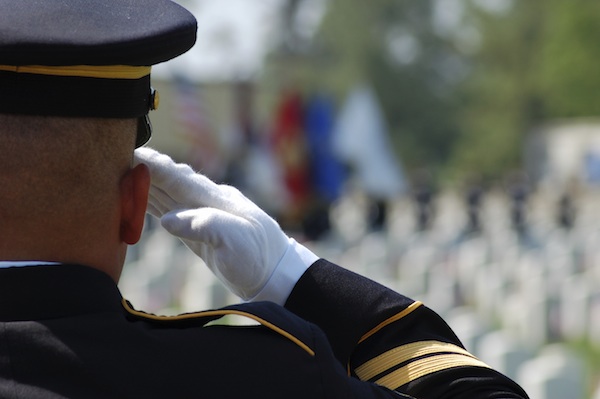Burial options are as varied as the people being laid to rest. In the United States, the most common forms of burial are:
1. Direct cremation
The most inexpensive means of burial is direct cremation, in which the body is reduced to ashes and placed in an urn or another container. The ashes can be buried, interred in a columbarium or scattered.
2. Direct burials
With no viewing or visitation, direct burials are the least expensive option for bodies being buried in a container. The body is interred soon after death in a simple, inexpensive casket. Embalming is not necessary.
3. Traditional burials
The more traditional burial includes viewing and visitation at a funeral home, which usually means the body will have to be embalmed to preserve it. Full funeral services with graveside ceremonies necessitate transportation of the remains by hearse. Several choices still need to be made with either direct or traditional burials.
Caskets can be interred either above ground or below ground. Below ground burials allow loved ones the opportunity to visit a specific grave site to leave flowers or mementos. Visitations are also possible with private family mausoleums and lawn crypts.
Built above ground, a mausoleum is usually designated for a family to inter its members in a place where the living can visit and remember their loved ones. Lawn crypts are another means of above ground interment. Often used when two people want to be memorialized together, lawn crypts remain protected from the weather. Again, loved ones can easily visit and leave flowers or other mementos.
Community mausoleums memorialize groups of individuals. The caskets or vaults never come in contact with earth, leaving everything dry and secure. Well known public mausoleums are those of the Tomb of the Unknown Soldier, the Great Pyramids and Westminister Abbey.
4. Green burials
Biodegradable caskets, shrouds or urns made from plant-derived, recycled materials are used in green burials. No embalming is allowed.
The Green Burial Council at greenburialcouncil.org maintains all relevant documentation, including conservation easements, deed restrictions and material safety data sheets, to demonstrate proof of compliance with its standards.
"It is clear that nature has intended that our bodies be reunited with the earth," say proponents of green burials at the greenburials.org website. Green burial is not only a traditional burial alternative, but a cremation alternative as well.
5. Veteran burials
Veterans and their spouses and children are entitled to free burials in a national cemetery. No matter where they are buried, they also may obtain a free grave marker. For more information, contact the Department of Veterans Affairs at va.gov.
The Veterans Administration (VA) website includes a search page to help locate veterans and their family members in VA National Cemeteries, state veteran cemeteries, various other military and Department of Interior cemeteries. The locator even finds veterans buried in private cemeteries where graves have military grave markers. The VA pays up to $2,000 toward burial expenses for deaths on or before Sept. 11, 2001, and up to $1,500 for deaths prior to that date. If buried in a VA national cemetery, some transportation costs may be reimbursed.
5 type of burials

Veterans, their spouses and children, are eligible to be buried in national cemeteries. They may also receive a free grave marker.